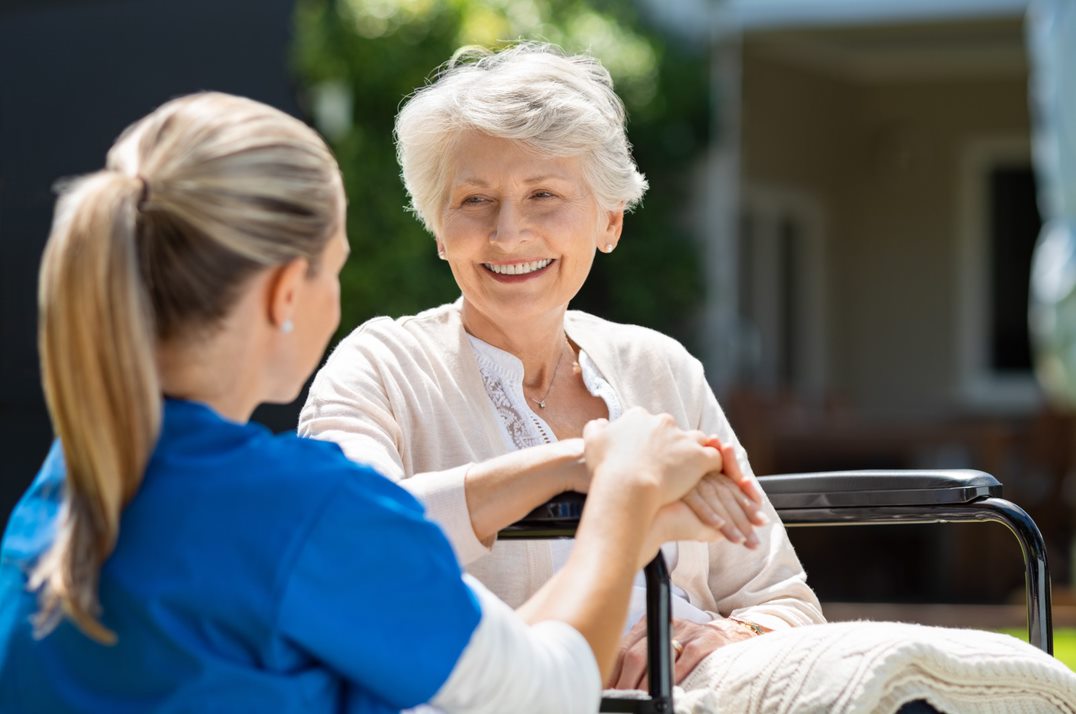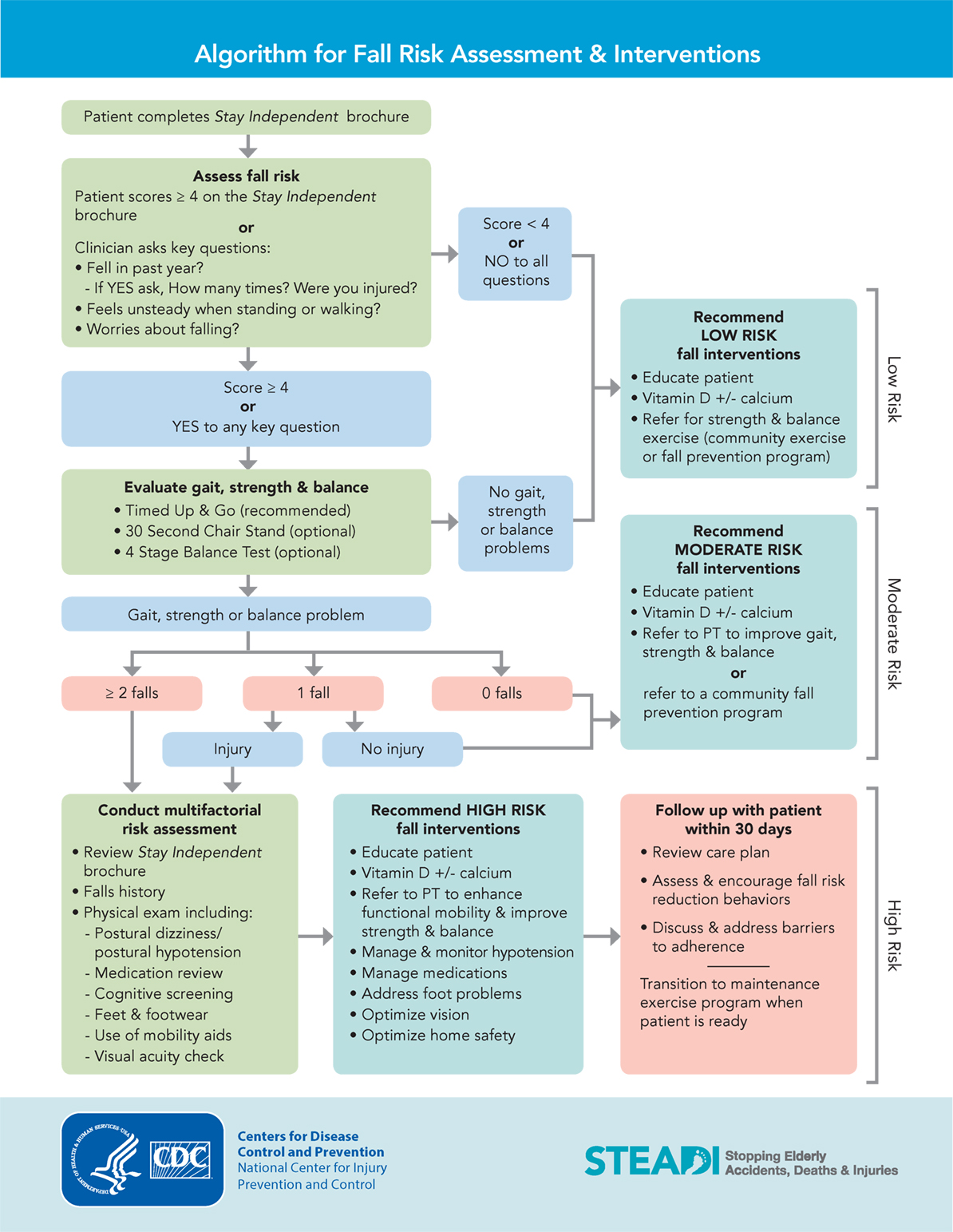The Best Strategy To Use For Dementia Fall Risk
An Unbiased View of Dementia Fall Risk
Table of ContentsDementia Fall Risk for Beginners7 Simple Techniques For Dementia Fall RiskExcitement About Dementia Fall RiskThe Definitive Guide to Dementia Fall RiskThe Of Dementia Fall Risk
The FRAT has three sections: drop threat standing, threat variable checklist, and action strategy. A Loss Danger Status includes information regarding background of recent falls, medications, emotional and cognitive status of the patient - Dementia Fall Risk.If the client ratings on a danger aspect, the matching variety of factors are counted to the individual's loss danger score in package to the much best. If a person's fall threat rating totals 5 or greater, the individual goes to high danger for drops. If the client ratings only four points or reduced, they are still at some risk of falling, and the nurse should utilize their ideal medical assessment to manage all loss risk variables as component of a holistic care plan.
These standard techniques, in basic, assist establish a risk-free environment that minimizes unexpected drops and marks core precautionary measures for all people. Indications are important for people at danger for falls.
The 5-Second Trick For Dementia Fall Risk
Wristbands must consist of the person's last and first name, date of birth, and NHS number in the UK. Only red color must be utilized to indicate special client condition.
Items that are too far might require the individual to connect or ambulate needlessly and can potentially be a danger or add to drops. Assists protect against the patient from going out of bed with no support. Registered nurses react to fallers' call lights quicker than they do to lights initiated by non-fallers.
Aesthetic disability can significantly trigger falls. Maintaining the beds closer to the floor reduces the threat of drops and serious injury. Placing the bed mattress on the floor considerably reduces fall threat in some medical care setups.
The Single Strategy To Use For Dementia Fall Risk
Patients who are high and with weak leg muscles that attempt to remain on the bed from a standing position are most likely to fall onto the bed because it's as well low for them to decrease themselves safely. Additionally, if a high client attempts to rise from a reduced bed without aid, the client is likely to drop back down onto helpful resources the bed or miss out on the bed and fall onto the floor.
They're designed to advertise timely rescue, not to avoid falls from bed. Apart from bed alarms, boosted guidance for risky individuals also may assist protect against falls.

Clients with an evasion gait boost fall opportunities significantly. To lower fall risk, footwear need to be with a little to no heel, thin soles with slip-resistant walk, and sustain the ankles. Advise person to use nonskid socks to avoid the feet from sliding upon standing. Urge individuals to put on appropriate, well-fitting shoesnot nonskid socks for ambulation.
Unknown Facts About Dementia Fall Risk
In a study, homes with ample illumination report less drops (Ramulu et al., 2021). Improvement in lights at home might reduce loss rates in older grownups.

Caretakers are reliable for assuring a safe and secure, secured, and risk-free environment. Researches showed very low-certainty proof that sitters lower autumn threat in intense care health centers and just moderate-certainty that choices like video monitoring can decrease caretaker use without raising read this autumn threat, recommending that sitters are not as valuable as at first believed (Greely et al., 2020).
Some Known Incorrect Statements About Dementia Fall Risk

Enhanced physical conditioning decreases the threat for drops and limits injury that is received when autumn transpires. Land and water-based workout use this link programs may be in a similar way valuable on balance and stride and consequently decrease the threat for drops. Water exercise might contribute a favorable benefit on balance and stride for ladies 65 years and older.
Chair Surge Exercise is a basic sit-to-stand workout that assists enhance the muscular tissues in the upper legs and buttocks and improves mobility and independence. The objective is to do Chair Increase workouts without using hands as the client becomes more powerful. See sources area for a detailed instruction on exactly how to perform Chair Increase workout.